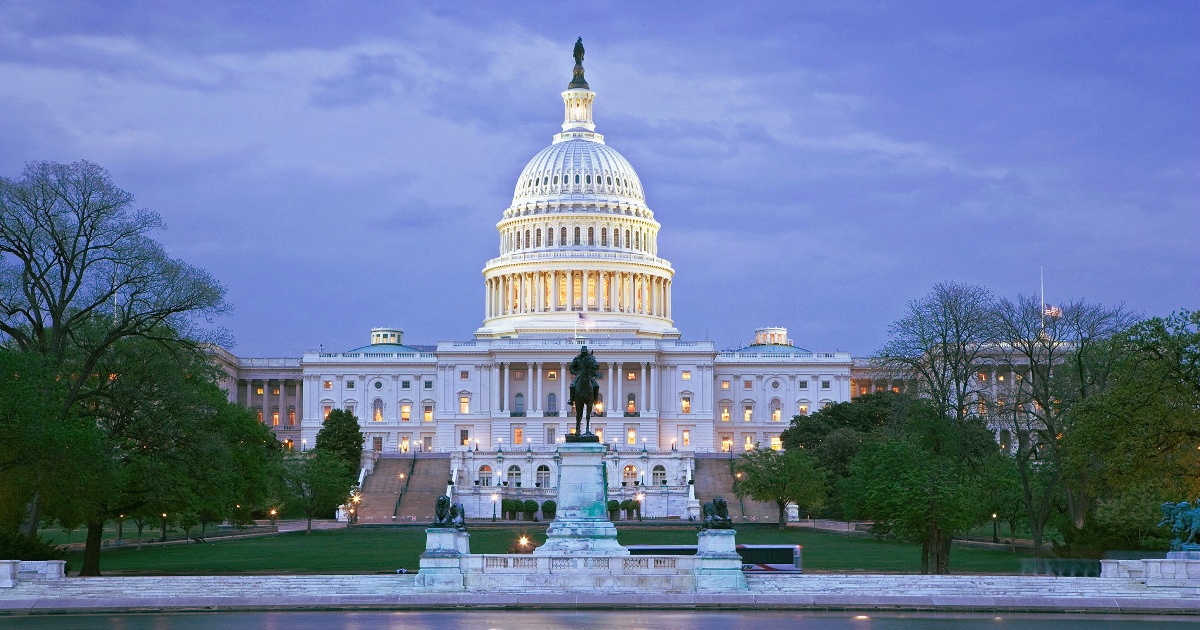
Even the casual observer will likely have noticed a greater prevalence of the words "geospatial" or "GIS" over the past few years, and for good reason. The use of geospatial data is not limited to geographic information systems (GIS) professionals wading deeply into complicated software. Each of us uses geospatial data on a daily basis, primarily through the apps on our beloved devices, such as Google Maps, Yelp, Instagram, Snapchat, Facebook, and others. But GIS exists in quiet capacities far beyond our toys. Geospatial data and GIS play critical roles in the background of the modern economy and governance, enabling everything from delivery of fresh food in supermarkets to tracking of national security threats in conflict zones around the world. The software industry alone accounts for billions of dollars in sales every year. And the demand for both open- and closed-source geospatial data to keep our government and military on the cutting edge is certain to increase in the future.
Considering the broad and varied applications of geospatial data and GIS in law and order, emergency response, public health, national security, environmental management, and nearly every other aspect of public sector leadership, policy makers and GIS experts face a dilemma: how can we standardize the federal approach to GIS while maintaining the robustness and autonomy of the growing GIS industry? The introduction of the bipartisan Geospatial Data Act of 2017 (S.1253/H. R.3522) by Sens. Orrin Hatch (R-UT) and Mark Warner (D-VA), and Reps. Bruce Westerman (R-AR) and Seth Moulton (D-MA) marks the beginning of such an effort, though the bill is not without some critical flaws.
Section 11 of the Geospatial Data Act adds a needless requirement restricting federal funding for GIS services and data to certified architecture and engineering (A-E) firms. A-E firms focus specifically and singularly on these areas, leaving little room for other firms that provide numerous services, including a GIS component, to win business. This requirement contrasts starkly with the reality of the dynamic GIS field, which shows increasing prominence for technology and multipurpose firms and a vast array of applications beyond architecture and engineering work. For example, geospatial data is vital for planning disaster relief efforts and tracking trade in illicit goods – though neither endeavor necessarily requires expertise in actual architecture or engineering.
The Section also asserts that federal work related to GIS should be privatized to the greatest extent possible. This would force many federal GIS shops, such as those in the United States Geological Survey with nearly 140 years of institutional mapping knowledge, to shutter their doors. Section 11 must be removed to prevent this legislation from becoming a permanent drag on the ability of government entities and partners to take advantage of cutting-edge applications of GIS and institutional knowledge amassed by many tech companies and federal agencies alike. Restricting the definition of GIS to the building of physical infrastructure is erroneous and ignores the realities of the industry.
But the bill overall isn’t entirely bad news. Most of the provisions contained in the Geospatial Data Act are likely to advance use of geospatial data in government, which is a positive step. Sections 3 through 8 of the Geospatial Data Act create an essential governance structure for coordinating the use of geospatial data and GIS activities at the national level, presenting a responsible, forward-thinking effort to streamline government functions and encourage the use of geospatial data across federal agencies. In short, some much-needed attention will be paid to the entropy surrounding federally funded GIS work. Furthermore, as a bipartisan issue, it’s encouraging to see the bill’s sponsors demonstrate a willingness to adapt their thinking to the changing reality of the GIS community.
A team of GIS and management professionals from Tesla Government met with House staff in September 2017 to discuss the potential consequences of the Geospatial Data Act for the GIS community. Policy advisors from both sides of the aisle were open to hearing our concerns and were receptive to discussing the changes necessary to ensure the best possible outcome for the bill.
Tesla Government has also endorsed a letter from the American Association of Geographers (AAG) to Sen. Orrin Hatch supporting an amended version of S. 1253. Though the bill remains under consideration, we are optimistic that lawmakers have heard the GIS community's concerns and will consider them as they continue to adapt the bill.
While it’s easy to assume this bill won’t affect everyday folks, that’s not the case. The potential effects of an unamended Geospatial Data Act are far reaching and could eventually change how we use connected devices, or even affect public and private services, from business planning to utility monitoring. Even educational programs linked to federal funding could be called into question. Those outcomes are hopefully not likely, but we encourage you to take GIS seriously as this burgeoning industry faces necessary regulation.
If you are interested in learning more about the positions of the firms involved with the Geospatial Data Act, please follow the links below. Most importantly, if the bill affects you directly, make sure that your voice is heard by reaching out to your members of Congress. Don’t sit on the sidelines. And please feel free to reach out to Tesla Government’s GIS team. We do more than make shiny maps.
- AAG: The American Association of Geographers (supports bill with removal of Section 11)
- GISCI: GIS Certification Institute (opposes bill as presently constituted)
- GITA: The Geospatial Information and Technology Association (opposes bill as presently constituted)
- MAAPS: National association of private firms in the surveying, spatial data, and GIS field (chief proponent of bill)
- NSGIC: National States Geographic Information Council (supports bill)
- URISA: Multidiciplinary professional GIS association (supports bill with removal of Section 11)
- WiGIS: Women in GIS (opposes bill as presently constituted)
Amy Davis, a Middle East and International Affairs Analyst, co-authored this piece.



